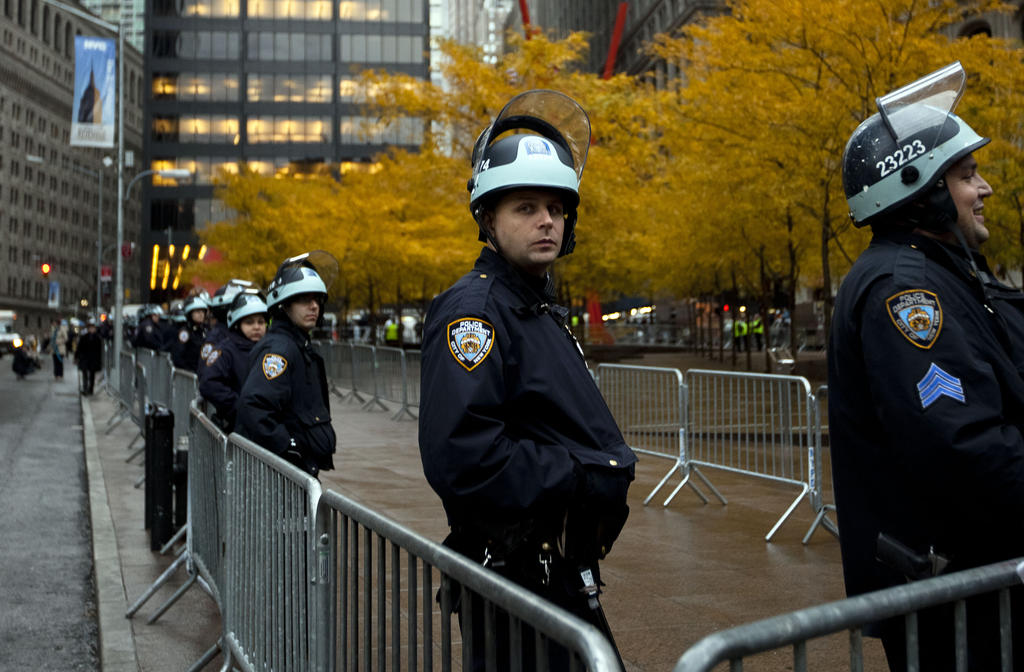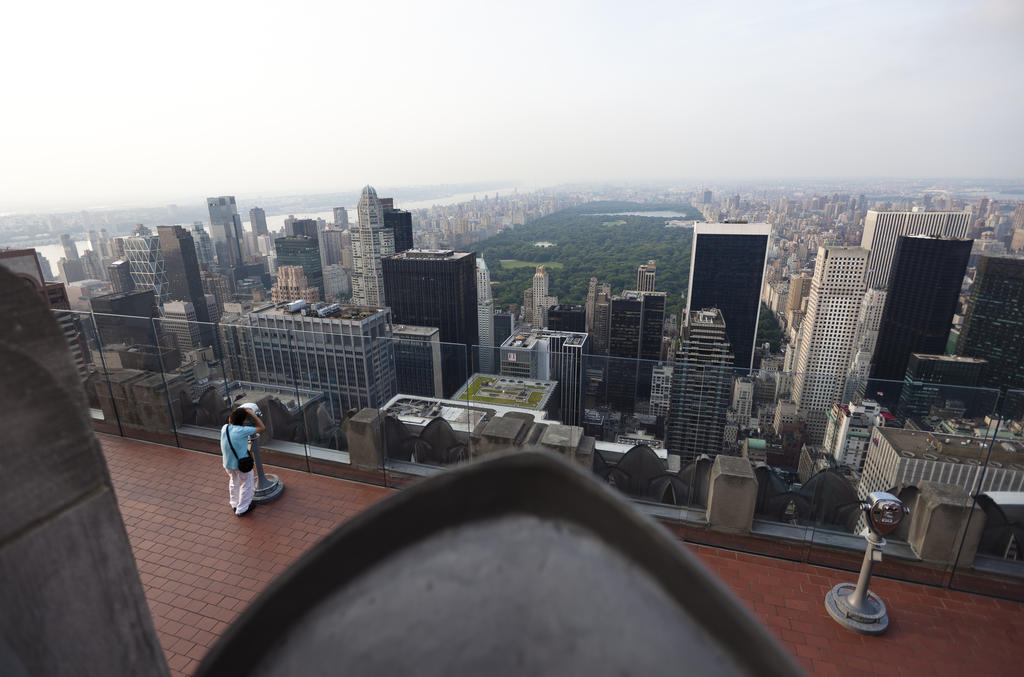The next group of chapters might seem like a lot of technical details and numbers to remember. I won’t lie; you’ll have to get better at juggling different concepts in your head, even as you continue to watch for the perfect scene.
But there are concepts worth caring about, and details and numbers that are largely irrelevant. So here’s a roadmap of what you’ll learn to do. Feel free to refer to it as you go through the lessons.
What makes up the exposure in a photo?
So we know that there are times when we want to control exposure – the amount of light in a photo – because there are certain lighting situations that we – and not our camera’s computer – can adjust for.

In order to get a certain exposure, the camera has to adjust between three physical settings:
Shutter speed – How long your camera allows light to hit the sensor
ISO – How sensitive the sensor is to that light
Aperture – How big the hole for light to pass through
I’ve specifically presented them in this order because I think this is the easiest order to add them into your multitasking list.

What about the math? What about the f-numbers?
I won’t lie, there is a little math involved.
For instance, when you double the shutter speed, you effectively cut the exposure level by half. Think about it: you’re reducing the amount of time that light has to enter the camera by half.
To make up for that lost light, you might double the ISO value. Why? Because doubling your camera’s sensitivity to light will double the brightness effect.
So it’s a game of increasing and decreasing each setting to get enough light needed for a good photo.
But it’s not about math. It’s about knowing which of those three factors is most important to the photo. Because pushing it too far in any of them can have negative effects on the photo.
So, the game of photography also includes, deciding how you can least hurt the quality of your photo while still getting the amount of light needed.
This is a judgment call, not a mathematical equation
Every lighting situation is different. And your own personal circumstances change. One of the skills I’ve gotten better at is holding the camera without shaking it. This means I can deal with reduced shutter speeds better than I could when I first started. If you buy a new expensive camera, maintaining a good ISO level is suddenly much less of a priority.
So just keep in mind that there is no magic number. Just experience and judgment calls.
To make those judgment calls easier, here’s a tabular overview of the three factors in exposure and how they come into play:
| Shutter speed | ISO | Aperture | |
|---|---|---|---|
| Definition | The measurement of time that the camera’s shutter stays open | A measurement of the camera’s light sensitivity | The size of the hole that light passes through |
| Numbering | In seconds, e.g. 1/200th of a second and 5 seconds | A set of whole numbers that can range from 50 to 25,600 and higher | A set of decimal numbers, typically in the range of 2.8 to 22. Sometimes expressed in the format, “f/16” |
| How it affects exposure | The longer the shutter is open, the more light reaches the sensor | The more sensitive the sensor, the more illumination that can be eked out from a quantity of light | The bigger the hole, the more light that passes through to the sensor |
| When you want to increase exposure, you… | Decrease - i.e. slow - the shutter speed. A shutter speed of 1 second is slower than 1/100 sec. (0.01 sec) | You increase the ISO; 1600 is twice as sensitive as 800 | You open up the aperture; smaller f-numbers correspond with larger apertures, so f/1.4 is a very wide hole, so to speak |
| When you want to decrease exposure | You increase the shutter speed | You decrease the ISO level | You narrow the aperture/increase the f-number |
| What happens when you go too far | A slow shutter speed results in motion blur | High ISO results in noise, the ugly pixelation of details. | A wide aperture results in a shallow depth of field, which reduces the range of things that stay in focus |
| Desirable side effects | Motion blur is sometmes desired to show the speed of the subject (such as traffic light trails) or to blur the background while tracking a moving subject | Noise interferes with a clean print, so most photographers try to avoid it | A shallow depth of field draws more attention to the objects that are actually in focus. |
| Limitations and considerations | There’s an upper limit to how fast the shutter can open and close. But generally, a shutter can be set to stay open as long as you need it to. | Bigger (i.e. more expensive) camera sensors deal with noise better. | Prepare to spend hundreds and even thousands of dollars for the kind of lenses that open as wide as f/2.8 or more. A middling camera sensor isn’t as sensitive to the effects of a shallow depth of field. |
I’m not trying to dumb things down. Things will get plenty complicated and perhaps a little frustrating, so it’s important to be frustrated by things that matter. The good news is that camera technology is at the state that we don’t have to do guesstimations in our heads. We can preview photos after each shot.
So instead of memorizing numbers, it’s about being a keen observer of situations and a good student of logical decision making. This takes time to get down, but at least it’s not about studying charts.


